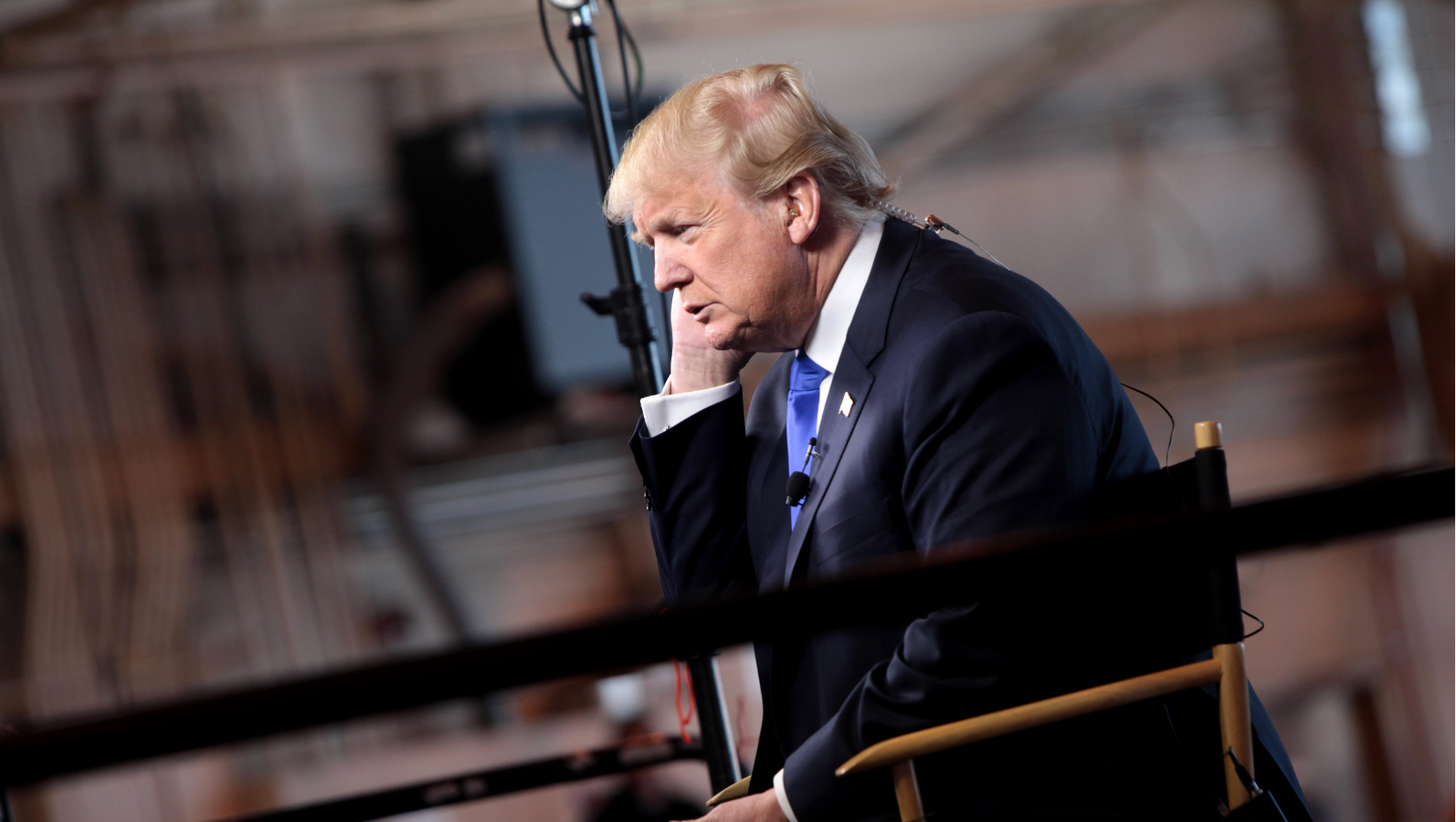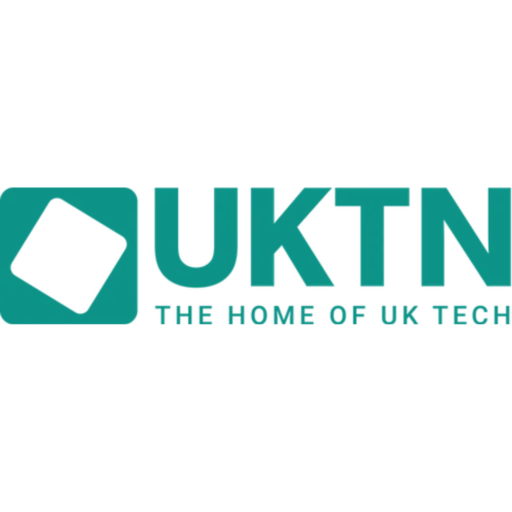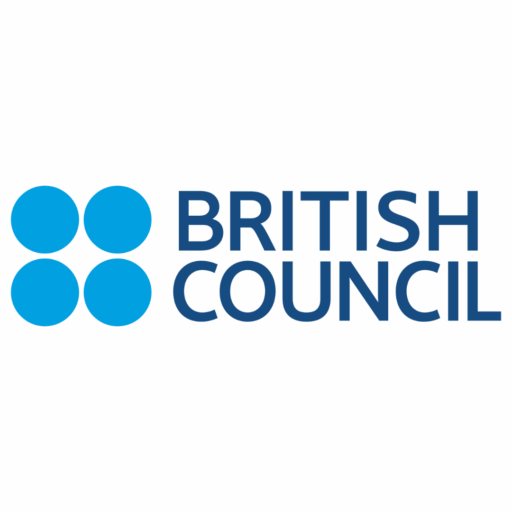This opinion piece is part of Access Partnership’s ‘A Digital Manifesto’ initiative, which recommends a framework to develop US global leadership on digital policy for the first 100 days of the Trump administration.
In the shadow of escalating digital threats and technological breakthroughs, America finds itself at a critical juncture. Beyond his other priorities, President Trump always has room for technology in his schedule. His administration’s first 100 days have revealed a distinct approach to emerging technologies—one that requires strategic adaptation from businesses and stakeholders. As this initial chapter draws to a close, we reflect on the key developments that have shaped it and explore the regulatory trends likely to define the months ahead—along with how organisations can stay ahead of the curve.
The Executive Order Offensive: Preparing for Impact
President Trump has wasted no time establishing his technological priorities, issuing several executive orders aimed at promoting innovation and reducing regulatory barriers for emerging technologies. One significant order is the Strengthening American Leadership in Digital Financial Technology Executive Order, which emphasises responsible growth and use of digital assets. This order sets the tone for a broader strategy to create a conducive environment for technological innovation.
This order doesn’t exist in isolation. The America First Trade Policy Executive Memo could lead to tariffs on high-value electronics from China, while Trump’s announced 100% tariff on semiconductors from China forms the economic backdrop against which technological regulation must be understood. These measures will ripple through global technology supply chains, affecting everything from console manufacturing to AI development.
In this rapidly-changing context, companies should diversify supply chains and develop contingency plans for critical components that may be affected by increasing tariffs. Organisations should also look to establish cross-functional teams to monitor and rapidly adapt to executive orders, particularly those affecting digital assets and financial technology.
AI, Quantum, and Blockchain: Strategic Adaptation
The administration is also working on developing tech-specific regulations to ensure that each emerging technology is governed in a manner that supports its unique characteristics and potential. For AI development, organisations should focus on creating internal ethical guidelines that align with the ‘light-touch’ regulatory approach proposed in the bipartisan House Task Force AI Report (December 2024). This preparation will position companies advantageously as formal regulations emerge.
Quantum computing, with its potential to revolutionise various industries, is another area of focus. Organisations should prioritise cybersecurity in quantum computing initiatives and start planning for quantum-resistant encryption now, ahead of formal regulatory requirements. This means conducting quantum risk assessments and developing transitional plans toward post-quantum cryptography for sensitive data and communications.
Meanwhile, the administration is keen on leveraging blockchain to improve efficiency and trust in sectors such as finance and supply chain management.
Digital Security and Safety: Proactive Approaches
The administration inherits a complex digital landscape with twin challenges: securing America’s digital infrastructure against malicious actors while simultaneously protecting its most vulnerable users—particularly children and elders—in online spaces.
Last October’s devastating ransomware attack on Change Healthcare serves as a stark reminder of infrastructure vulnerabilities. Organisations should consider enhancing their security postures and implementing zero-trust architecture, as well as conducting regular table top exercises simulating cyber incidents, regardless of regulatory requirements.
For platforms handling user-generated content, proactive implementation of age verification and safety measures for minors can position companies ahead of likely federal legislation. Utah’s ‘App Store Accountability Act’, and similar initiatives in California and Nebraska, provide frameworks that can be adopted voluntarily. Digital platform service providers can start developing tiered content access protocols and robust age verification systems that go beyond minimum compliance requirements.
The Innovation-Regulation Balance: Practical Solutions
Traditional regulation – developed on a sector-by-sector or issue-by-issue basis – struggles when innovations straddle or blur usual delineations. There is a clear need for regulators to embrace rapid growth of emerging technologies to allow the new markets to flourish. In finance, for example, digital-driven innovations are disrupting segments across the value chain and raising questions about whether existing regulatory mandates remain fit for purpose.
The innovation-regulation paradox presents specific challenges that organisations and regulators themselves must navigate by developing a regulatory affairs function that works alongside innovation teams from the earliest stages of development, rather than as an afterthought.
Faced with rapidly evolving technologies, regulators have a variety of approaches at their disposal. Organisations can actively participate in shaping these regulations by:
- Participating in Regulatory Sandboxes: Proactively engage with these controlled testing environments where available, particularly for fintech innovations.
- Embracing Anticipatory Governance: Establish dedicated foresight teams that can identify emerging regulatory issues before they become problematic.
- Leading Industry Self-Regulation: Develop industry consortia to establish standards that may pre-empt more restrictive government regulations.
- Initiating Public-Private Collaboration: Actively seek partnerships with federal agencies, academic institutions, and industry peers to influence regulatory development.
Looking Ahead: Strategic Positioning
As we approach the end of Trump’s first 100 days, organisations must look ahead to ensure they can thrive in this new regulatory era – adopting forward-looking strategies that anticipate change and transform uncertainty into opportunity. Here are our key recommendations for organisations seeking to turn policy challenges into competitive advantages:
- Enhance Critical Infrastructure Protection: Implement risk-based security frameworks like NIST CSF 2.0 that align with the administration’s preference for industry leadership over strict mandates.
- Prepare for Regulatory Evolution: Develop scalable compliance frameworks that can adapt as technologies mature from “wait-and-see” approaches to more formal regulations.
- Monitor International Regulatory Recalibration: Establish global regulatory intelligence capabilities to anticipate changes in international frameworks as the administration reshapes America’s approach.
- Engage in Industry-Led Standards Development: Proactively participate in or initiate industry consortia focused on standard-setting for emerging technologies.
Navigating the evolving technological landscape under the Trump administration requires expertise in both policy analysis and strategic implementation. At Access Partnership, our team of policy and technology specialists can help your organisation develop customised strategies to thrive amid regulatory shifts while capitalising on emerging technologies. To find out more, contact Sergio Rodriguez and Nada Ihab at [email protected] and [email protected].
“Donald Trump” by Gage Skidmore is licensed under CC BY-SA 2.0.


Authors










